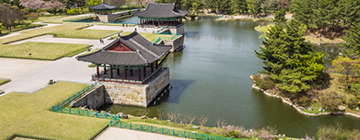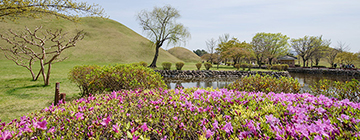Gyeongju, located in the southeastern part of the Korean Peninsula, was the capital of the Silla Kingdom (BC 57-AD 935) for almost a thousand years. The entire city was designated a National Park by the government in honor of the historic temples, ruins, monuments and artifacts that can be found throughout the area. Most prominently, it is home to three UNESCO World Heritage Sites: Seokguram Grotto and Bulguksa Temple, Gyeongju Historic Areas, and the historic village of Yangdong.
These days, Gyeongju is a popular tourist destination for visitors from Korea and abroad who flock to see the famed foliage in the fall or cherry blossoms in the spring. The city is also becoming increasingly popular as a convention city thanks to its combination of old world charm and high-tech facilities.
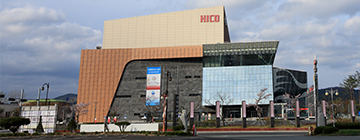
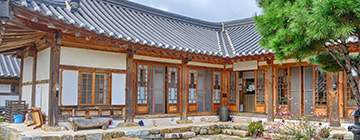
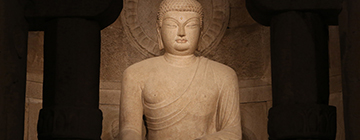
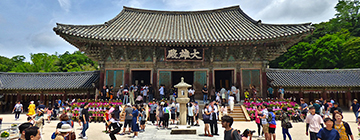
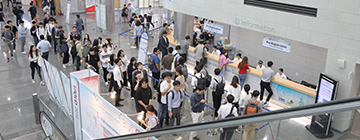
 Gyeongju Convention and Visitors Bureau(CVB) has built up years of expertise and experience in supporting international events. We provide timely support services with the most up-to-date and reliable information to help convention organizers put on a successful, well-organized event.
Gyeongju Convention and Visitors Bureau(CVB) has built up years of expertise and experience in supporting international events. We provide timely support services with the most up-to-date and reliable information to help convention organizers put on a successful, well-organized event.
